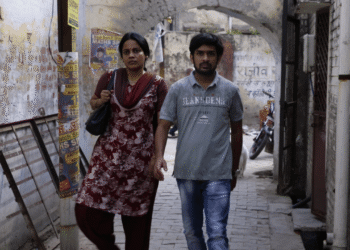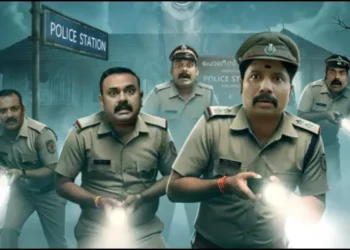A Deep Look Into The Perfect Neighbor
Netflix’s new true-crime documentary The Perfect Neighbor, directed by Geeta Gandbhir, does more than recount a shocking crime—it captures the unsettling reality of America’s frayed social fabric. Combining bodycam footage and real-life encounters, the film shows how isolation, paranoia, and racial bias can turn everyday neighborhoods into battlegrounds of mistrust and tragedy.
At the center of the story is Susan Lorincz, a white woman in her late fifties, living in a modest Ocala, Florida neighborhood filled with young working-class families, most of whom are Black. To Lorincz, their children’s ordinary play—laughter, games, shouting—became intolerable noise. Viewing innocent activity as harassment, she repeatedly called the police, complaining to officers that the children were “out of control” and that she “feared for her safety.”
Her complaints escalated into confrontation. On June 2, 2023, Lorincz hurled roller skates at nine-year-old Israel, accused him of being a nuisance, and later made yet another distress call to the police. When the boy told his mother, Ajike Owens, about what had happened, Owens crossed the street to confront her neighbor. Moments later, Lorincz fatally shot Owens through her locked metal door. Owens, a 35-year-old mother of four, died instantly.
Law, Race, and Accountability
The incident sparked outrage—not just for its cruelty, but for the delay in justice. It took four days before Lorincz was arrested and charged with manslaughter, rather than second-degree murder. Florida’s controversial Stand Your Ground law allowed her to claim self-defense, a provision critics say disproportionately benefits white defendants in cases involving Black victims. Studies have shown that white-on-Black killings are ruled “justified” far more often than the reverse.
Lorincz’s repeated claims of fear reflect a broader and deeply troubling phenomenon—how Black children are often “adultified,” seen as older and more threatening than they actually are. The Perfect Neighbor intertwines this racial dynamic with the psychological toll of isolation, portraying Lorincz as both an aggressor and a product of a society losing its sense of unity.
Isolation, Surveillance, and Modern Paranoia
Gandbhir’s documentary goes beyond one woman’s crime. It highlights the rise of paranoia amplified by digital surveillance and neighborhood apps like Nextdoor, where suspicion often replaces empathy. Viewers see how constant vigilance feeds fear: residents policing one another, Ring-camera footage posted online, and innocent behaviors interpreted as threats.
This modern obsession with “safety” mirrors the broader loneliness of post-pandemic America, where community ties have withered and empathy has eroded. The film suggests that while The Perfect Neighbor depicts an extreme case, similar attitudes are quietly spreading in countless neighborhoods across the country.
The Vanishing Art of Play
Beyond its crime narrative, The Perfect Neighbor also touches on the sociological loss of childhood freedom. Decades ago, kids roamed freely outdoors, forging social skills through unstructured play. Today, overprotection and fear—of strangers, traffic, or disapproval—keep many children indoors. Research has long shown that free play nurtures empathy, problem-solving, and independence. Psychologist Peter Gray has even linked its decline to rising rates of childhood anxiety and depression.
In Gandbhir’s film, the children in Owens’s community embody what’s left of that social cohesion—a small neighborhood where parents look out for each other’s kids, creating a rare sense of belonging. That unity stands in painful contrast to Lorincz’s isolation.
A Mirror to a Fractured Society
During Lorincz’s sentencing, her sister revealed that she had endured severe childhood abuse, adding another layer to her psychological profile. While this does not excuse her actions, it invites viewers to consider how trauma, loneliness, and resentment can fuel destructive behavior. Perhaps what enraged Lorincz most wasn’t simply noise—but the community she could never truly be part of.
In one poignant scene, a police officer asks a resident which children are hers. The woman responds, half-jokingly, “They’re all mine.” That moment captures the spirit Lorincz lacked: shared responsibility and love that hold a neighborhood together.
Final Thoughts
Netflix’s The Perfect Neighbor is both a crime story and a social diagnosis. It confronts uncomfortable questions about race, fear, mental health, and the price of losing our bonds with one another. At its core, the film reminds us that true safety doesn’t come from fences, cameras, or self-defense laws—it comes from empathy, connection, and community.























